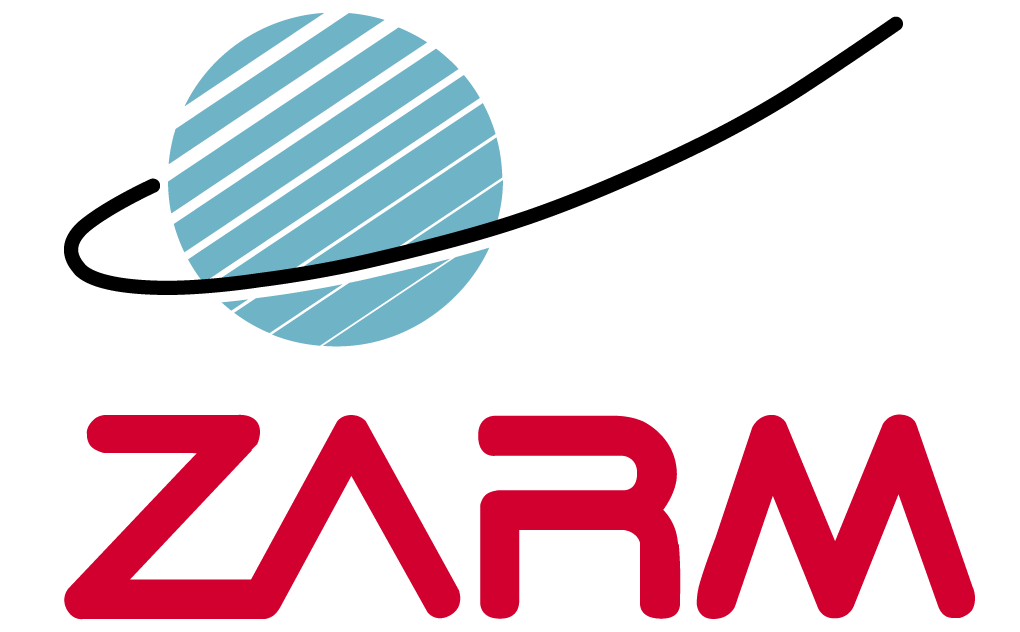Our Research
ZARM is internationally recognized as a leading center for space research. It operates the world’s most successful microgravity laboratories and excels in quantum and gravitational physics, space-related fluid dynamics, and, more recently, in a wide range of research in space exploration. These are our research groups.
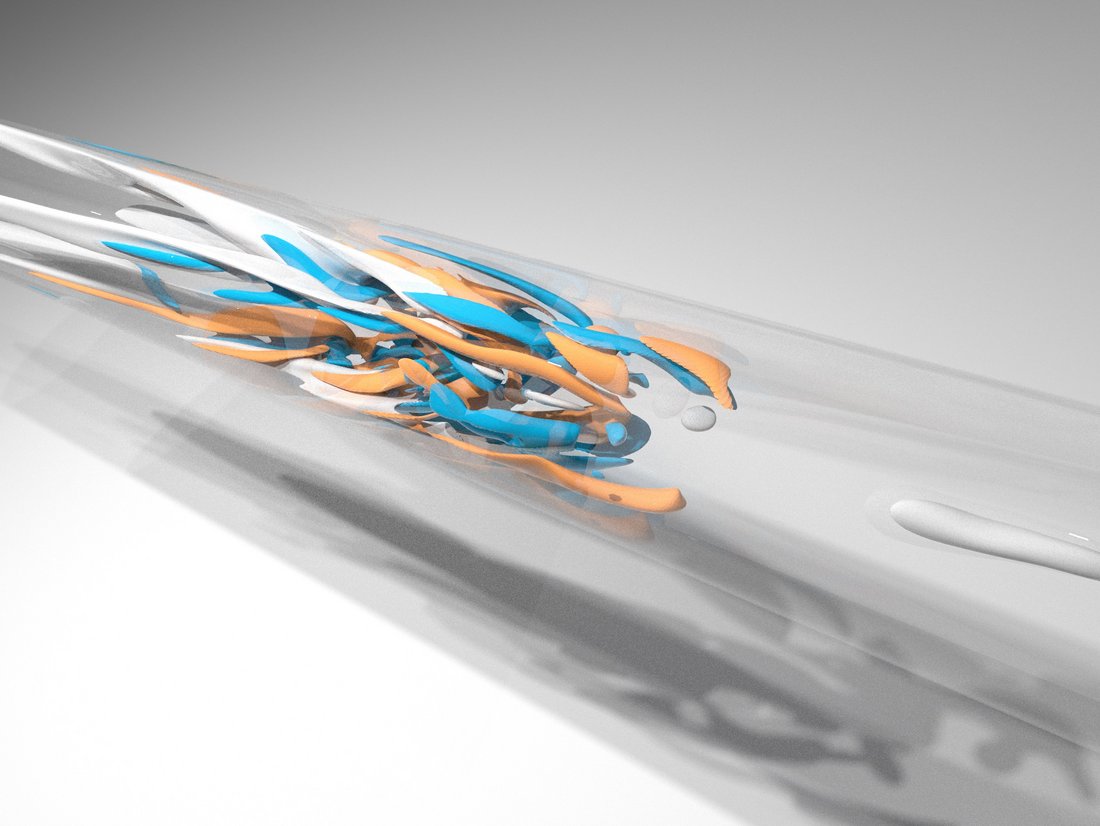
The motion of fluids plays a key role in many natural phenomena and applications in aerospace, mechanical, chemical and biomedical engineering. Our group develops and applies methods to quantify and predict fluid motion. Examples of our current interest are gravity waves in the atmosphere, the transition to turbulence in wind-turbines and in the human cardiovascular system, the turbulent mixing of liquids and the dynamics of bubbles in water electrolysis. The group is headed by Marc Avila.

We are used to the phenomena that in less than a second, natural photosynthesis in plants magically transforms carbon dioxide and water into glucose and oxygen using sunlight – with oxygen being only a ‘waste product’ of this biological process. But what when we are in space? Our reaserch group works on the development of alternative methods to produce oxygen and other chemicals (such as hydrogen) efficiently and sustainably for long time periods at minimal energy input: It is our aim to mimic the key processes of natural photosynthesis to design so-called “artificial photosynthesis devices”. The group is headed by Katharina Brinkert.
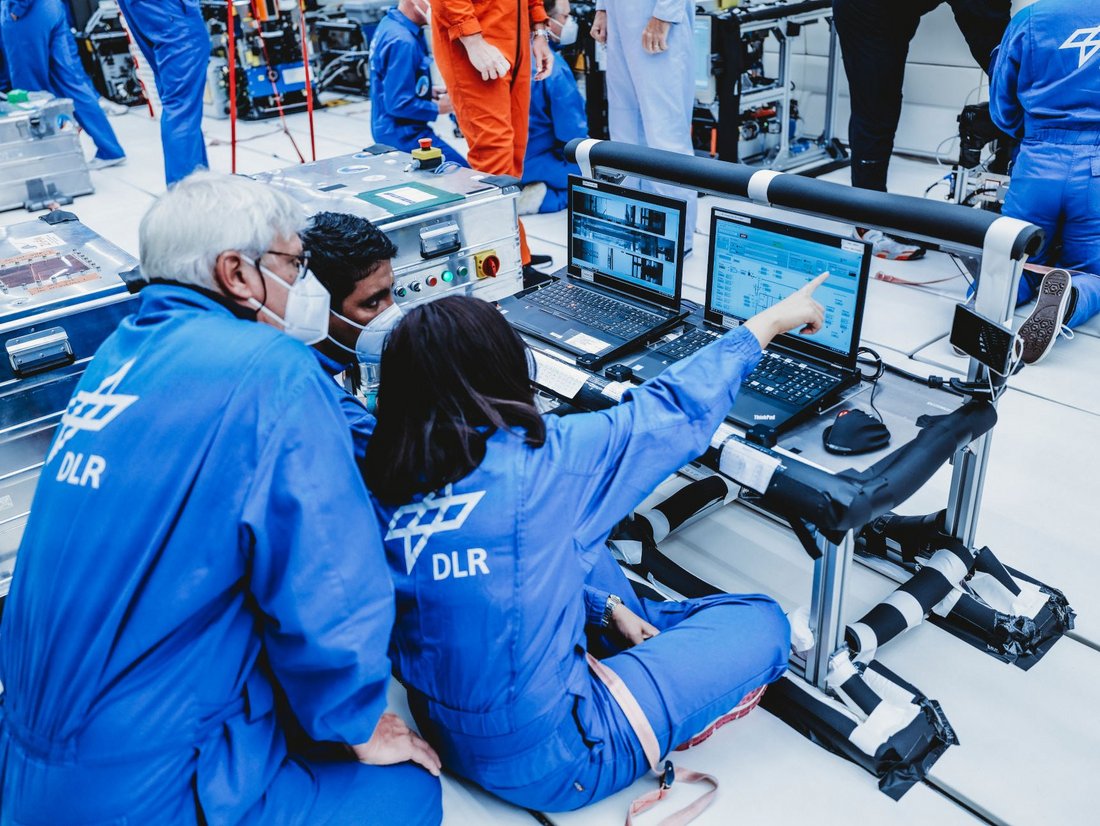
The Multiphase Flow group at ZARM studies how fluids move and interact, especially in conditions of weightlessness. We focus on heat, pressure, and movement in different conditions, including microgravity and extreme cold. Our research helps understand how liquids behave in spacecraft, from sloshing fuel to managing cryogenic temperatures. On Earth, gravity hides some effects, but in space, surface tension takes over. We test our ideas in labs, drop towers, and rockets to improve future space missions and technology. The group is headed by André Pingel.
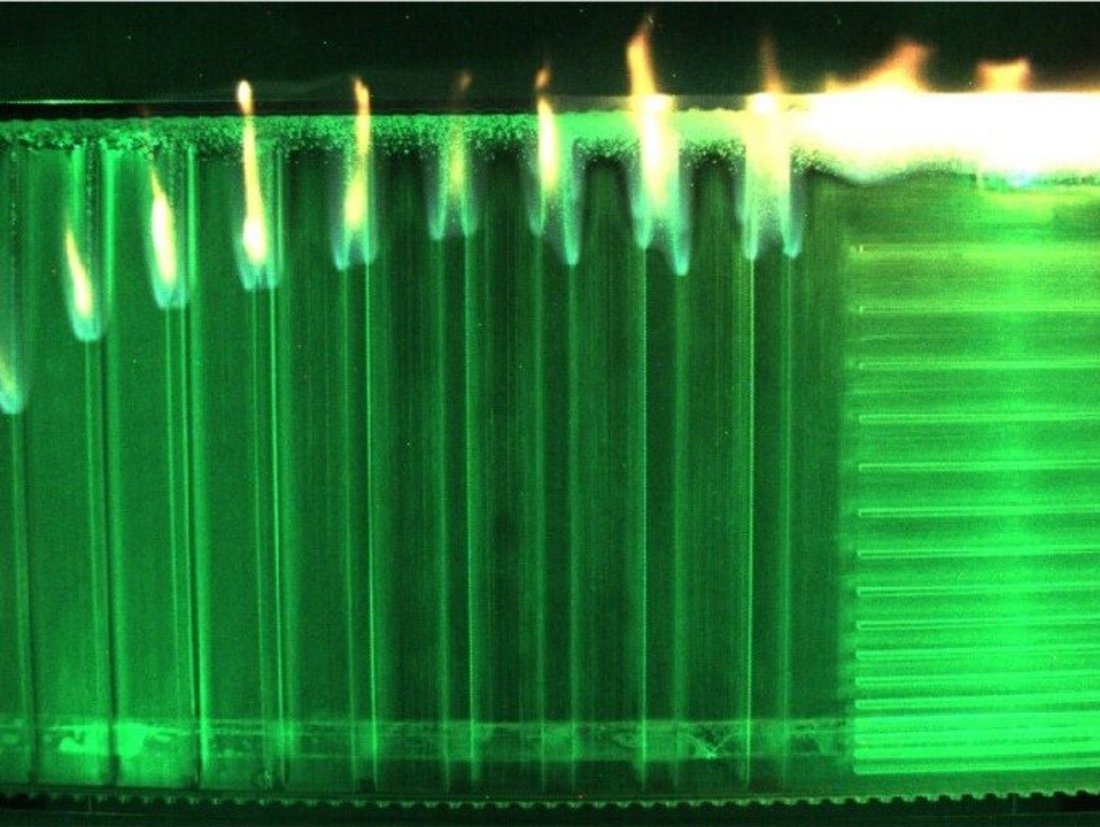
The elimination of gravity-induced natural convection through microgravity enables to understand the individual effect of transport processes like convection, conduction and diffusion during combustion. Thus, it represents an important tool for studying the fundamentals of combustion processes and their pollutant formation even where gravity technically plays a minor role. Regarding fire safety in human spaceflight, microgravity studies have direct technical relevance. The group is headed by Florian Meyer.
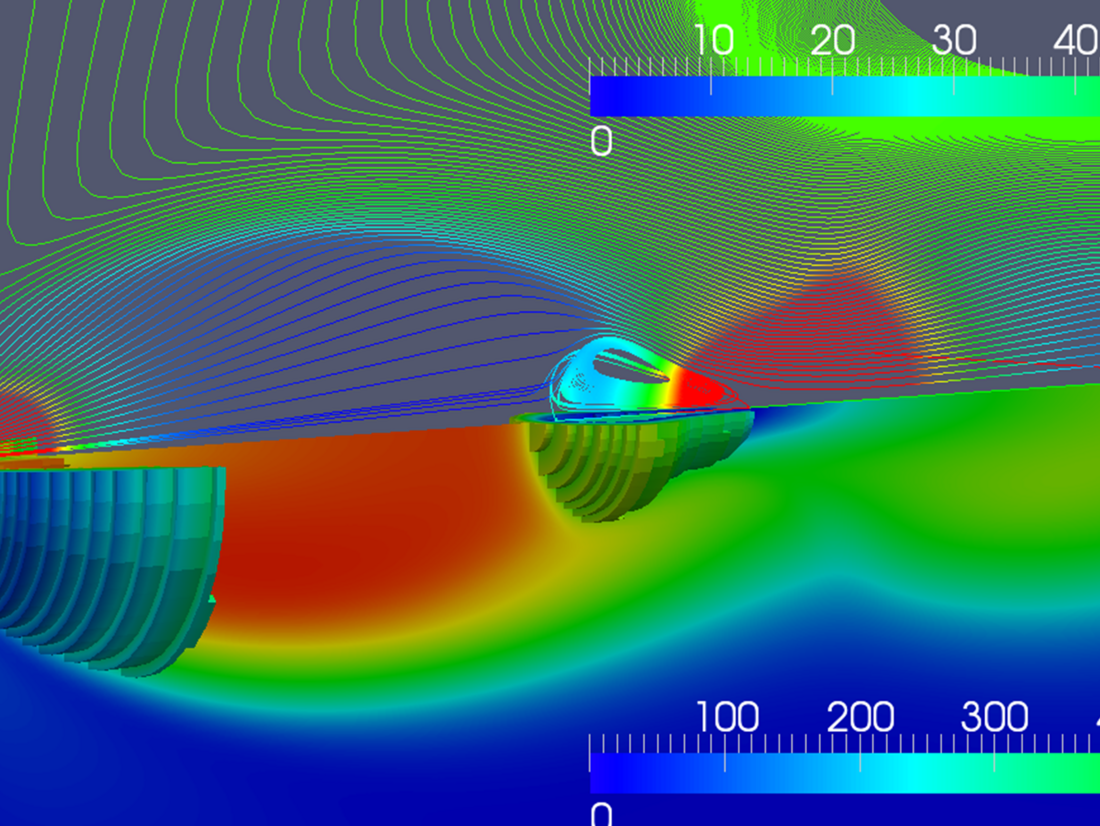
The Thermo-fluid dynamics (TFD) division is a working group at ZARM in which scientists deal with issues relating to the thermodynamics of highly rarefied gas flows, such as those that occur in space travel. This involves challenges in predicting the dynamics of dilute gases in transonic microflows, numerical particle-in-cell (PIC) methods for modeling plasma flows, the simulation of electric propulsion systems for space travel and the numerical modeling of thermally or convectively driven, turbulent flows. The group is headed by Rodion Groll.
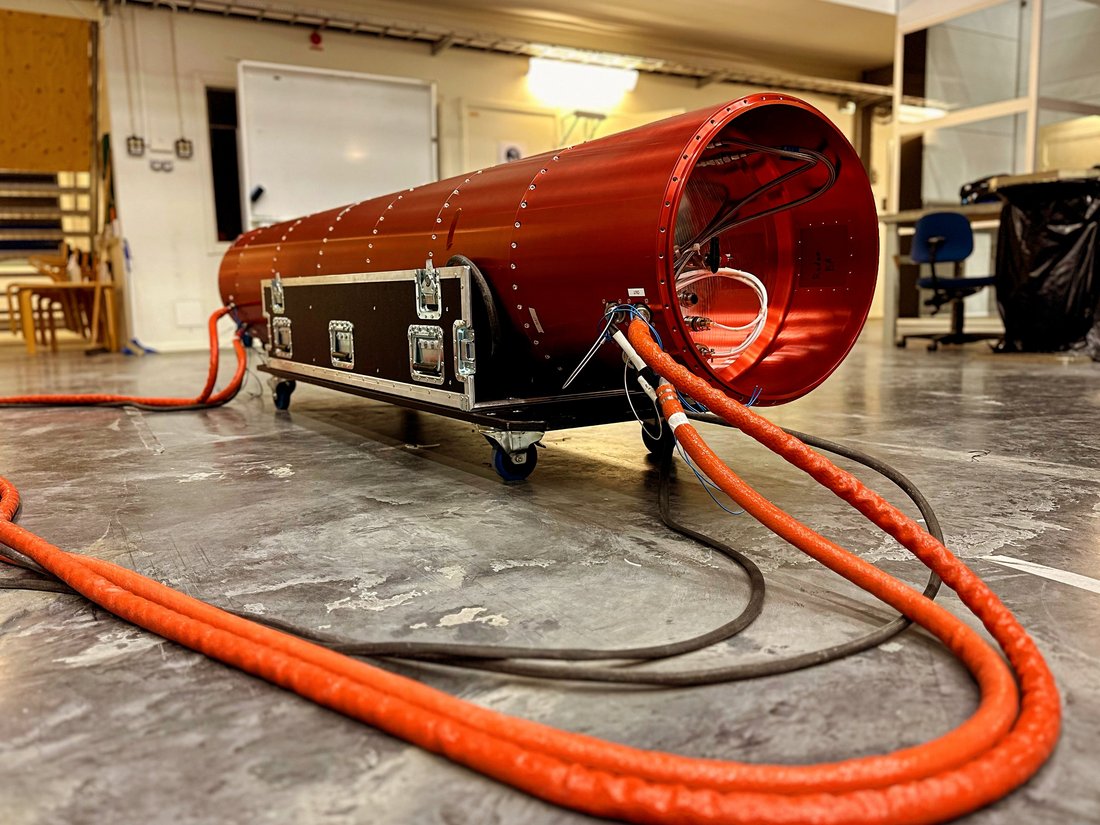
The Quantum Technologies group offers a unique combination of expertise in space systems engineering and design and operation of quantum sensors. The group focuses on the development of quantum sensors and payloads for terrestrial and space applications. This includes development and maturing of enabling technologies for these sensors or payloads. Moreover the team develops advanced simulation techniques as well as test and integration facilities to aid the design, integration and test of quantum and space systems in general. The group is headed by Jens Grosse.
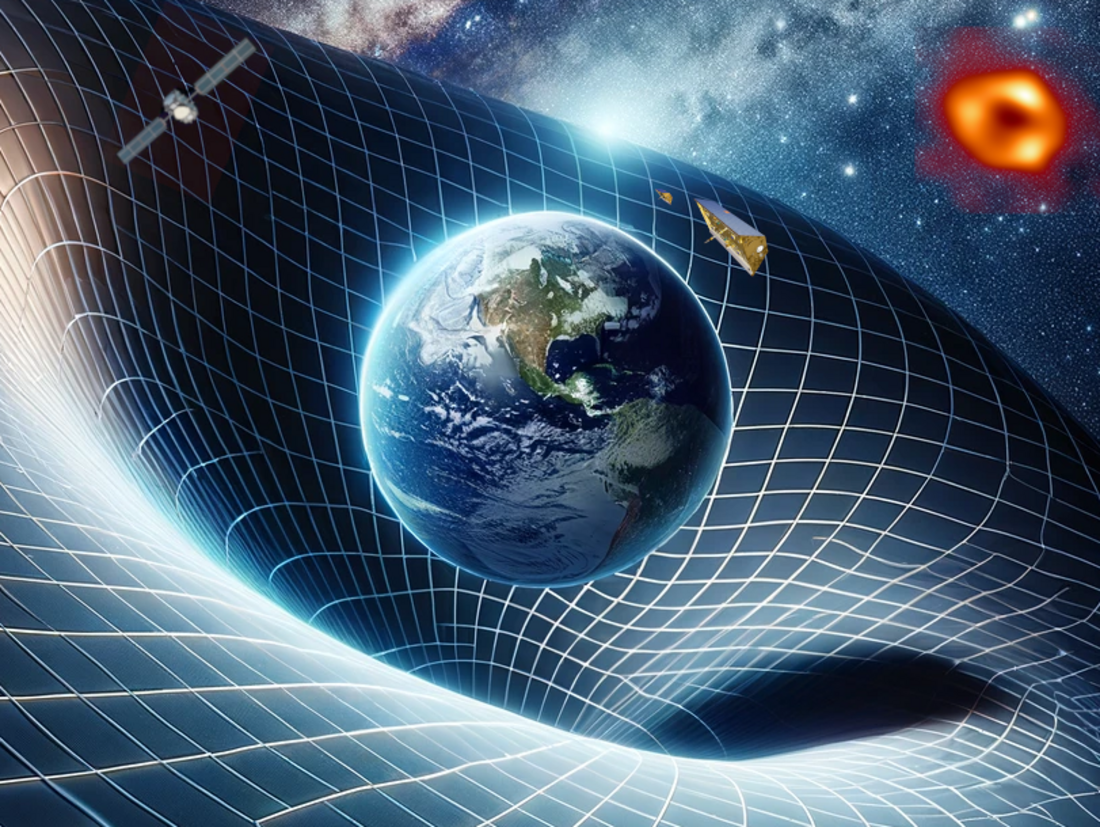
Our research is focused on general relativity and its applications in astrophysics and geodesy as well as relations to quantum physics. This includes astrophysical extreme mass ratio systems and accretion disks around black holes as well as investigations of relativistic effects on the motion of satellites. The relativistic effects in rates of clocks on Earth and in space are crucial e.g. for height determination in geodesy. Moreover, we study fundamental problems in electrodynamics and in alternative theories of gravity. The group is headed by Eva Hackmann.
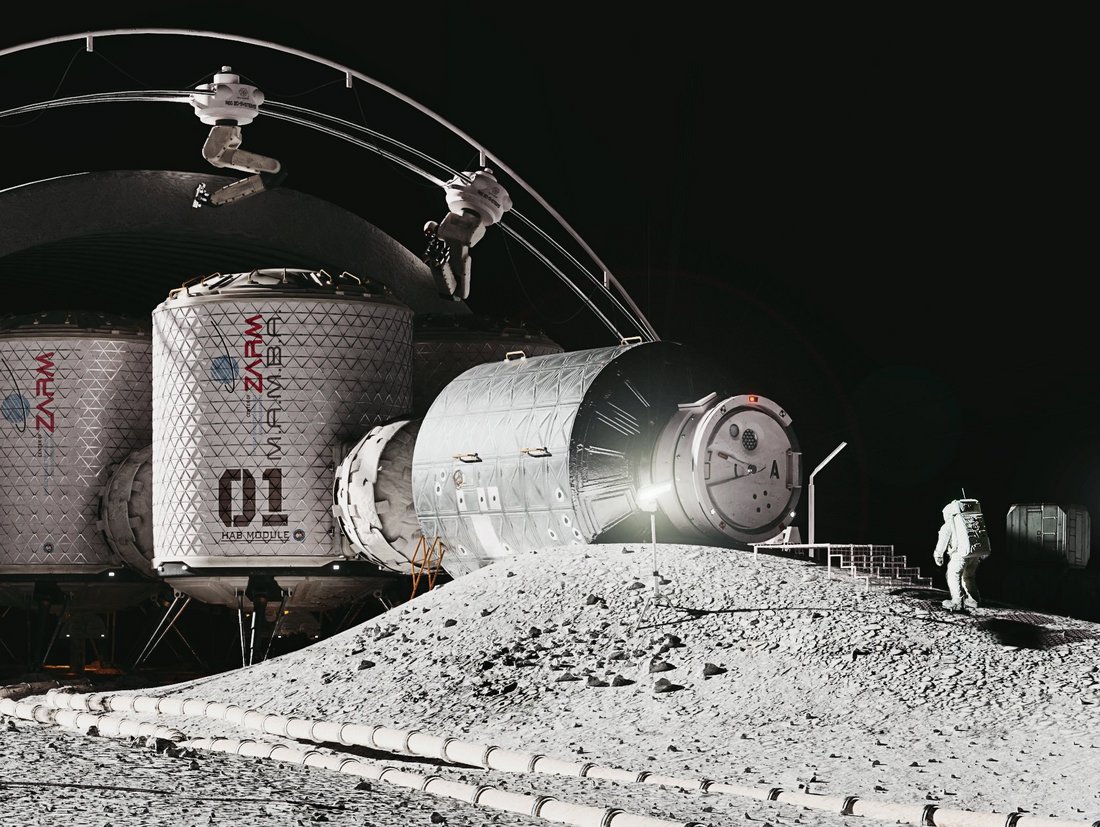
Humankind is once again on its way deeper into space to explore distant celestial bodies and planets. International space agencies such as ESA or NASA are pushing to land humans on the Moon within the next 20 years, and even later on Mars. However, the challenges for such a tricky undertaking do not lie solely with the transportation systems. What interests us most about these plans is what happens once humans have arrived on the Moon or Mars? How can we survive, live and work there? The basis for all this are so-called habitats. Today, there exist more than one dozen simulation habitats in the world, however, they have all been built for terrestrial environments. This ultimately led to the idea behind project MaMBA: Its objective is to create a station that allows humans to survive on the Moon or Mars. The group is headed by Christiane Heinicke.
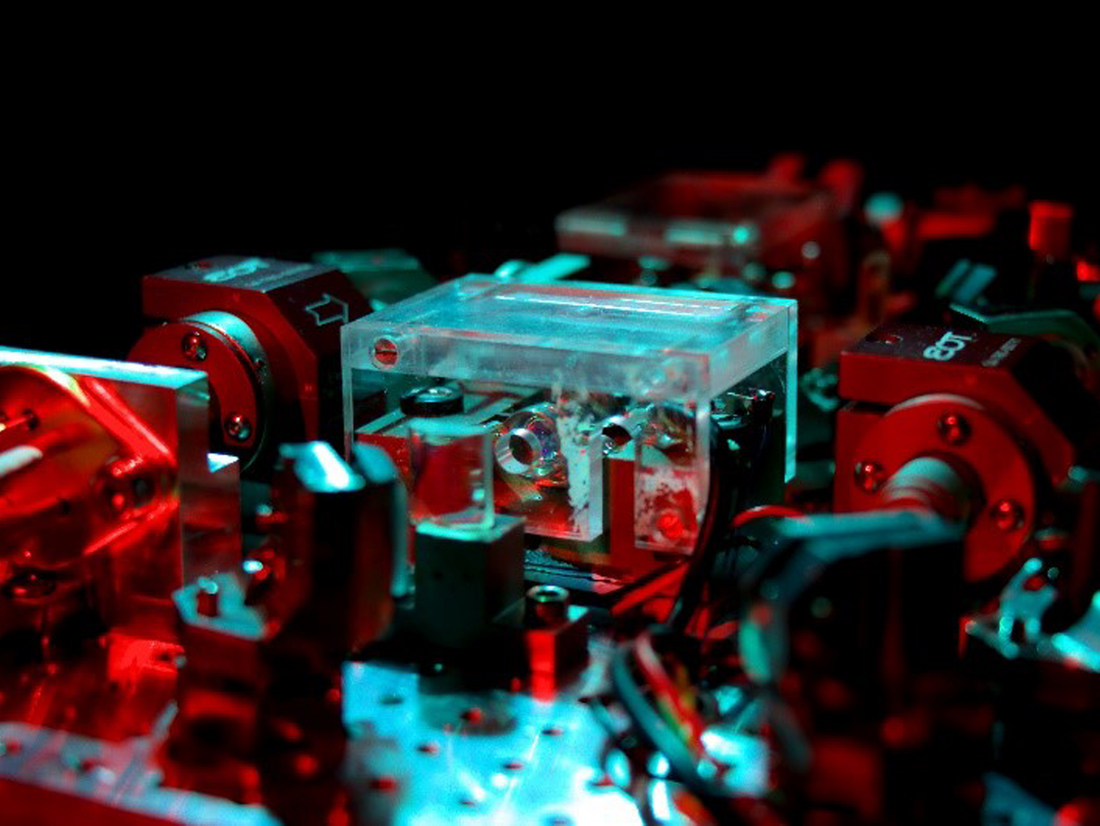
Experiments with quantum gases and quantum sensors in extended free fall provide a unique approach towards tests of gravity theory and quantum physics in a new parameter regime. At the drop tower Bremen we are engaged in the development of new concepts and tools for space- and ground-based matter-wave interferometry and optically trapped nano-particles as well as tests of fundamental physics using these quantum sensors. The group is headed by Sven Herrmann.

The micro satellites and modelling methods group develops innovative micro satellite hardware as well as new numerical modelling methods within the scope of orbit propagation, satellite mission analysis and satellite system evaluation. The first research focus aims at the utilization of micro satellites as a tool for technology demonstration and qualification, as a platform for small scientific payloads, and as a tool for the improvement of student education. The second research pillar focuses on new high precision modelling methods for implementing a better analysis and prediction of orbit perturbations within the scope of orbit propagation. Furthermore, we develop innovative modelling approaches for the assessment of mission and experiment performance. The group is headed by Benny Rievers.
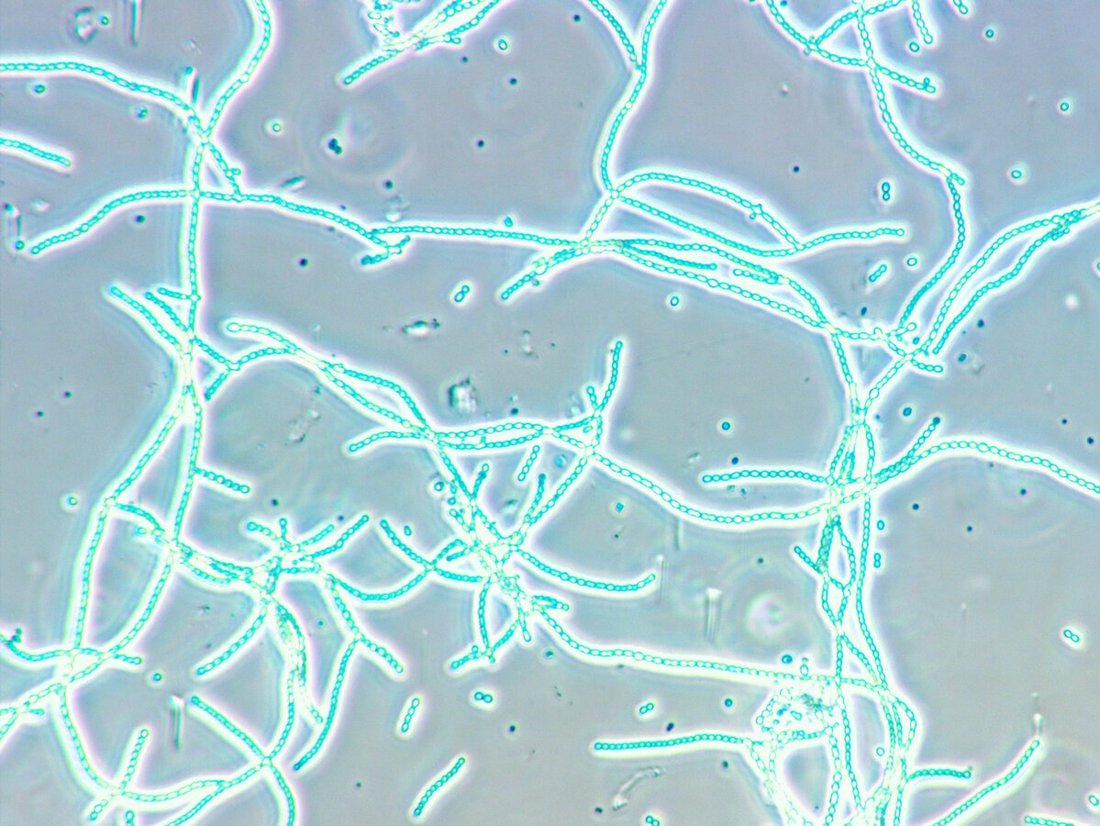
The LASM was created, primarily, to develop microbe-based technologies in support of future crewed outposts beyond Earth. Sending humans to Mars within a few decades is now a realistic goal of leading entities of the space sector, be they public agencies or private companies. While first missions will likely be short-term, a permanently or semi-permanently inhabited outpost, akin to polar stations, would be desirable to perform extensive research activity on site. The group is headed by Cyprien Verseux.
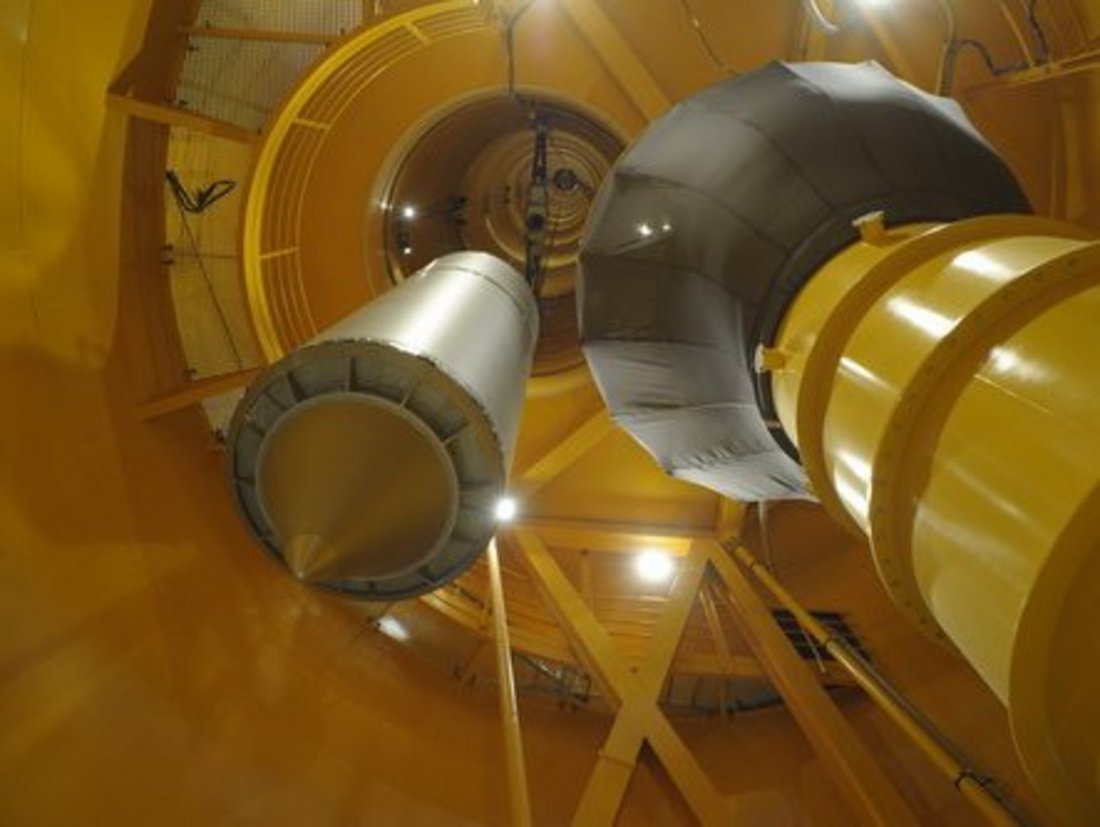
ZARM combines a variety of scientific laboratories and test facilities under one roof – from fundamental research to the qualification of aerospace components and technology tests in preparartion for space missions. Our most prominent labs are the Bremen Drop Tower and the GraviTower Bremen Pro which allow short term experiments in weightlessness. Besides these, you can also test your hardware in vacuum, in extreme thermal environments, under vibration, as well as in hypergravity. Through collaborations with our research groups, you can get access to our Fluids Lab & Particle Image Velocimetry, the Laboratory for Applied Space Microbiology (LASM) and the Moon and Mars Base Analog (MaMBA).



